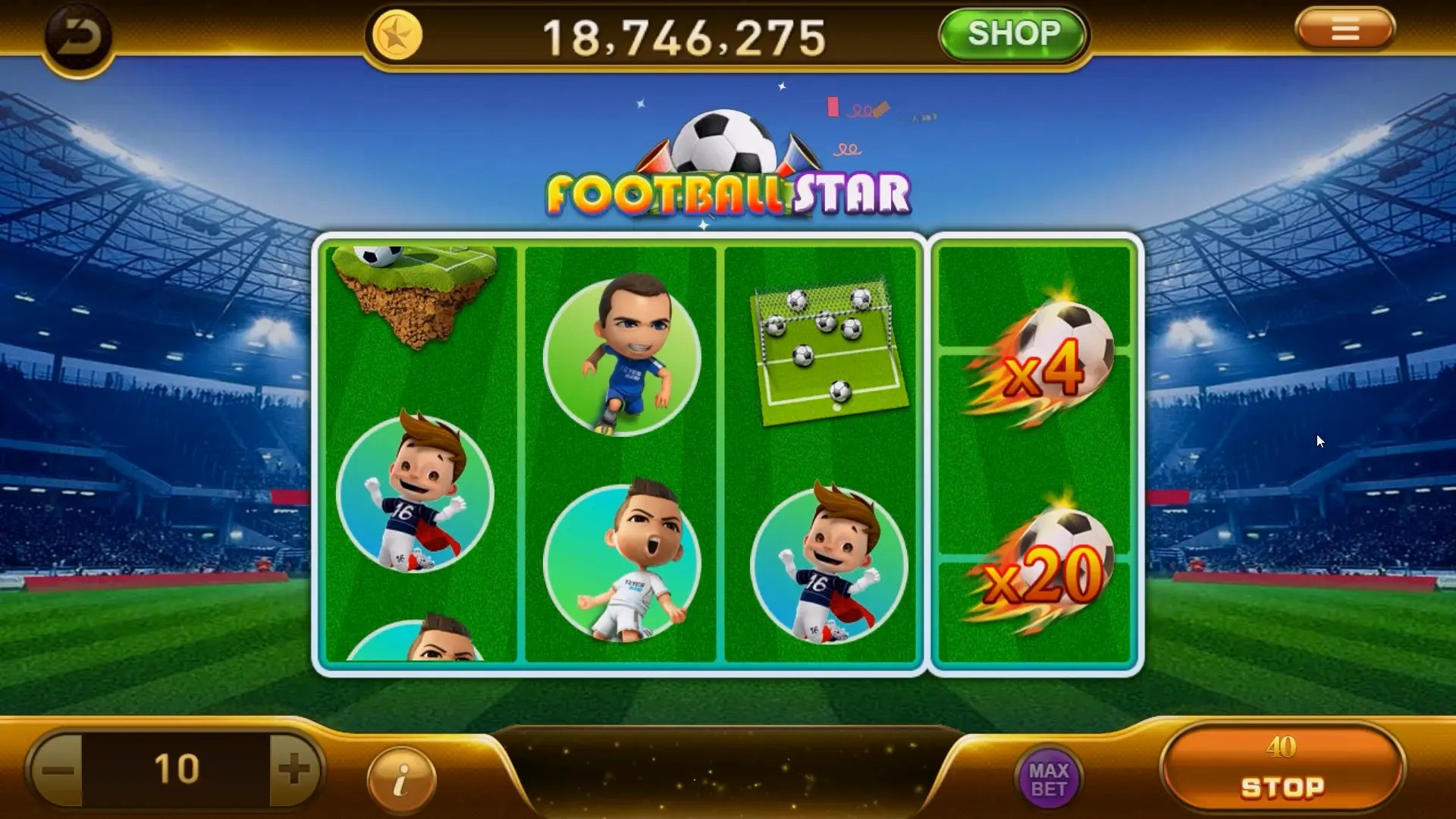How Sandbox Games Are Revolutionizing City Building: A Deep Dive into Creative Urban Design
The evolution of sandbox games has introduced a fresh perspective to city building. As players engage with these virtual environments, they unlock a world of creativity and innovation. This article aims to explore how sandbox games are reshaping the concept of urban design, allowing players not just to build cities, but to craft entire worlds imbued with their imaginations.
The Essential Nature of Sandbox Games
Sandbox games are unique because they grant players the freedom to manipulate their surroundings without strict rules or objectives. This open-ended approach fosters creativity and self-expression, encouraging players to design not just cities, but entire ecosystems. Some well-known titles in this genre include:
- Minecraft: A game that allows users to build and explore in a pixelated, blocky world.
- SimCity: One of the classics, focusing heavily on city management and urban planning.
- Cities: Skylines: A modern take on city building, offering a wide array of tools for detailed construction and management.
Bridging Creativity and Urban Planning
The rise of sandbox games brings forth a transformative approach to urban planning. Players can experiment with different city layouts, zoning laws, and public infrastructures in a virtual space before applying such ideas in reality. This exploration results in new architectural styles, transport solutions, and public spaces designed from the ground up.
The Impact of Sandbox Games on Community Engagement
Sandbox games offer a platform for community involvement by allowing players to share their creations. Many games feature a sharing system where designs can be uploaded and downloaded. This interaction promotes learning, as players can evaluate diverse architectural styles and urban planning strategies crafted by others.
Incorporating Real-World Challenges
Some sandbox games have embraced real-world issues need to be tackled in city building. By integrating elements such as economic constraints, environmental concerns, and social dynamics, players are encouraged to think critically about how to construct a functional and sustainable city. This engagement extends beyond entertainment, providing valuable lessons in urban design principles.
Sandbox Games vs Traditional City Builders
Traditional city-building games often follow a linear progression where players must follow specific tasks to advance. In contrast, sandbox games promote a non-linear experience. They allow for exploration and creativity, offering a sense of autonomy that traditional games may lack.
| Aspect | Sandbox Games | Traditional City Builders |
|---|---|---|
| Freedom | High | Moderate |
| Creativity | Unlimited | Restricted |
| Learning Curve | Flexible | Structured |
Popular Sandbox Games Influencing City Building
Several sandbox games are particularly influential in reshaping urban design. Here are a few notable examples:
- Planet Coaster: Players design amusement parks, teaching them about layout, crowd dynamics, and aesthetics.
- Parkitect: This game emphasizes planning and resource management, elements vital for any city builder.
- Terraria: A more action-oriented sandbox game that still incorporates building and design.
The Future of Urban Design and Sandbox Games
As technology continues to advance, we can expect sandbox games to evolve even further. Specifically, virtual reality (VR) and augmented reality (AR) can create immersive experiences, allowing players to step inside their urban creations. Such developments may also lead to more sophisticated educational tools.
Conclusion
Sandbox games are more than just a form of entertainment; they represent a significant shift in how we think about city building. By allowing players to experiment freely with design and planning, these games inspire both creativity and critical thinking. As urban areas face increasingly complex challenges, the skills acquired through sandbox gaming could very well inform the next generation of urban planners and designers.



